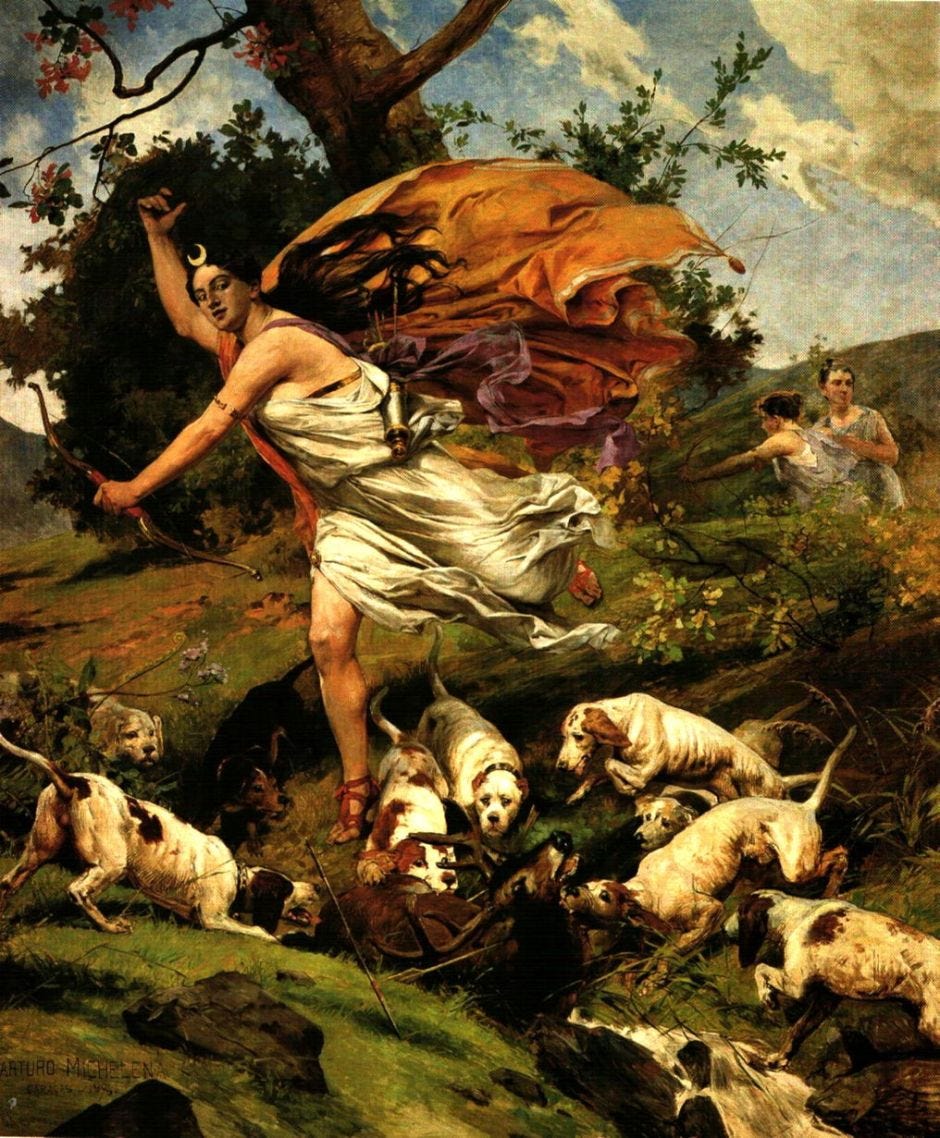Understanding the planets is the key to understanding astrology. They are the key to accurate predictions, to accessing astrology’s wisdom. Though signs get a lot of attention in our current culture, they really get their power and attributes from the planets that rule and shape them. I wrote my series on Embodying the Planets to help people bring that information into their bodies through ritual activities and what I saw as the most important attributes of each planet.
If you don’t know the basic attributes of the 7 visible planets, start there:
But here’s the thing: in charts and in our lives, planets rarely show up by themselves. A rose, for example, may be of the nature of Venus for its color, smell and association with love buts its thorns are of the nature of Mars. You may have a really sweet Cancer Moon, natally or by transit, but if it’s opposed by Saturn, you can’t get the nurturing, protecting qualities of Luna without the scarcity and struggle of Saturn.
Again and again in client consults, I find that by solely talking about the planetary combinations in someone’s chart, you can get to the heart of the foundational dynamics of their heart. And if you start looking around, you see planetary duos, specifically between two planets, show up all over astrology. Lots, or calculated points of fate, are determined via the relationship between two planets in your chart. Signs are defined by both their domicile and exaltation rulers. All fixed stars are assigned a planetary duo that reflects their nature.
By beginning to understand what it means when two planets come together, you see the relationships between them and the common ways they manifest in our mixed-up, varied lives.
In our charts, a planet is considered in combination with another when they are in the same sign, in opposing signs, or in mutual reception (a swapping of rulerships, i.e. when the Moon is in Leo and the Sun is in Cancer. Terms, exaltations and decans count here too).
So today, I begin a series exploring these planetary combinations in part because I find them so interesting. This work is heavily inspired by Austin Coppock’s “36 Dramas: Essential Planetary Relationships” Lecture from NORWAC 2022, so please check that out if you want to learn more! Going beyond his wonderful starting point, I will also include information on the decans, each of which have two planetary rulers when you consider both the Chaldean and Triplicity system, as their dynamics do a great job demonstrating what the planetary combinations look like in action. We will also be examining the fixed stars that share the same nature as this planetary combination to further our understanding.
Other uses for these combinations:
understanding mixed planetary correspondences
determining which herbs may help you if they have more than one ruler
connecting with your holy guardian angel (who is classically of the nature of two planets)
seeing your chart more clearly
attuning yourself to both planetary days and hours
P.S. If you want help understanding your own planetary combinations, my books are open for May! Book now to reacquaint yourself with your magic and destiny (no big deal).
Mars and the Moon: a Summary
The Mars and Moon form a complex type of experience. On the one hand, we have the malefic god of war. Mars promises conflict, effort, endings and no small amount of struggle. The Moon, by contrast, is all about maintaining our sense of comfort and intuitive embodiment. While Mars takes up the dangerous quest, the Moon maintains the safety of home. Austin Coppock compares this combination to someone trying to keep their room in order while a bodybuilder noisily lifts weights in the center of the space. With the planet of contention joined with the planet of home, one can expect the two to go hand in hand.
Often, Mars-Moon natives will experience turmoil, conflict and upheaval in domestic spaces, particularly around the maternal figure. Firmicus tells us “[t]his combination also indicates continual sickness for the mother” so the arrows of Mars can indicate difficulty for our source of nurture. Others may have complicated relationships with their mothers and must do some work, and potentially fight some battles or sever ties, to achieve peace.
Because know that while the Moon and Mars are at odds in crucial ways, they belong to the same team. Both are of the night sect, and thus work for the shared aims of connection, intimacy, and embodiment. The Moon does so easily: as the planet of physical form, she helps us remember we have a body and feelings that need care. Mars confronts us with the uncomfortable parts of incarnation, i.e. our scrapes and bruises; tempers and hurt feelings. How do we act decisively without hurting ourselves or others more than makes us strong and compassionate? That is a key question Moon-Mars people must experience again and again.
Keep reading with a 7-day free trial
Subscribe to Recent Bedroom to keep reading this post and get 7 days of free access to the full post archives.




